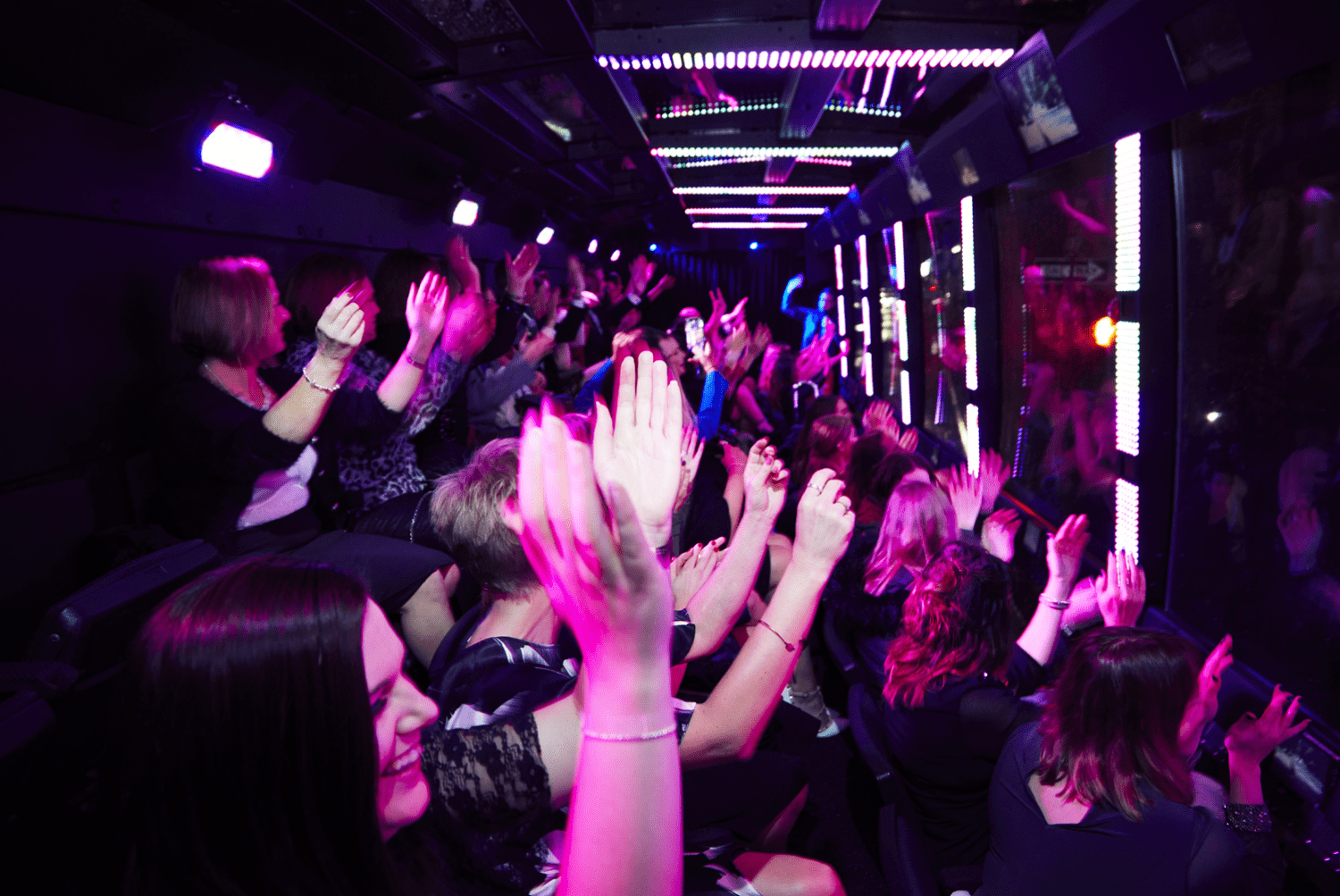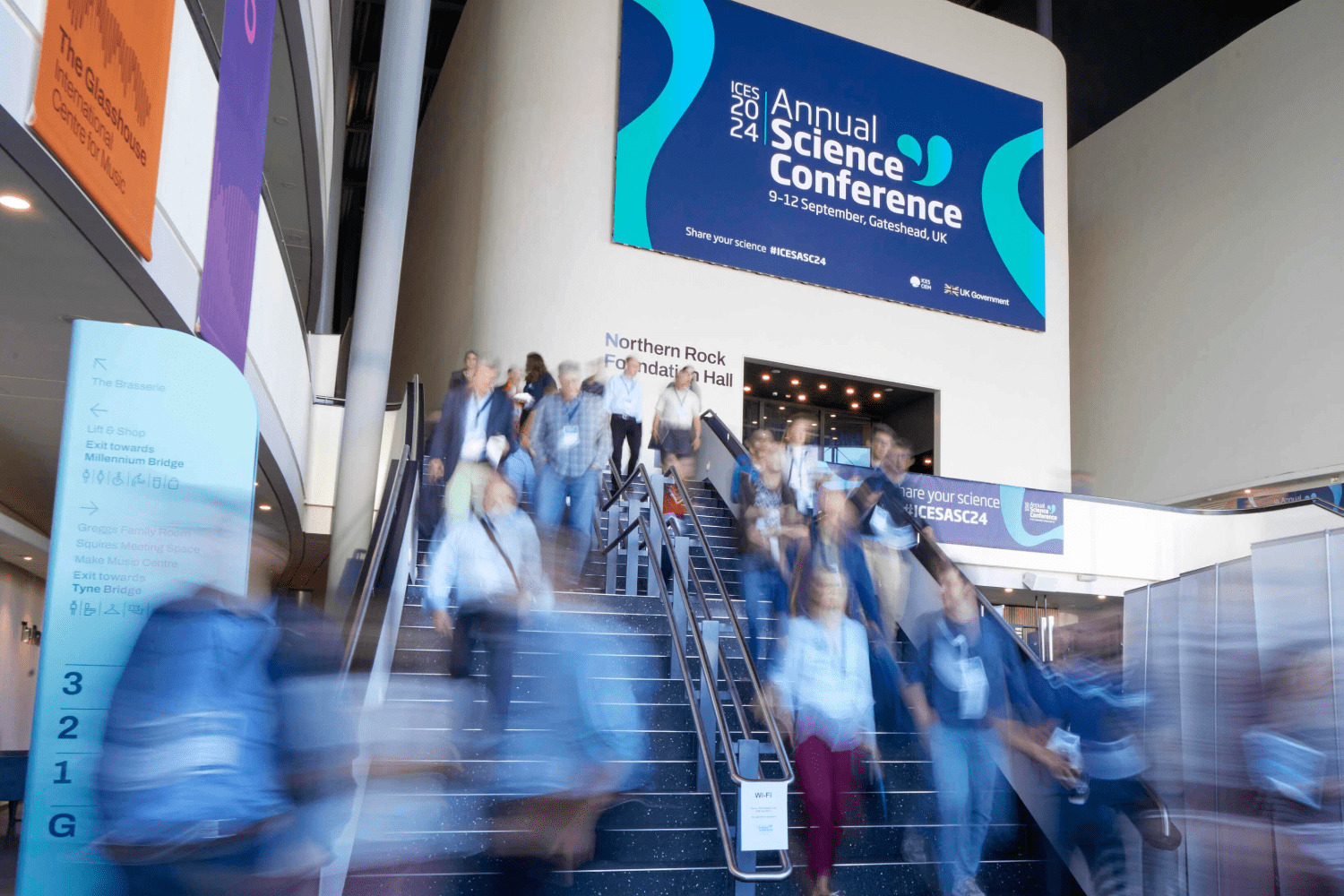 Back to News Room
Back to News Room
News

Experiential marketing: 5 of the top trends for this year!
Events and marketing is full of buzzwords. The jargon that makes marketing departments and event agencies across the world sound like they are speaking their own secret language. One such a buzzword that’s come to prominence particularly over the last few years is the phrase ‘experiential marketing’.
What is experiential marketing?
Otherwise known as ‘engagement marketing’, experiential marketing is any experience that invites your target audience to interact with your business. This can be in physical settings, with hands-on, practical experiential activities such as demos or trade shows, or virtual events such as a webinar or a gamified virtual world. Experiential marketing is an opportunity for businesses to show that they’re more than just a product, and to help a target audience connect with the values and history of the brand itself.
With more people than ever paying attention to the values behind the brand that they’re investing their money in, experiential marketing is on the rise. HubSpot has even listed experiential marketing as one of the top five marketing strategies employed by companies to push their products and services. And for good reason. 91% of customers said that participating in a brand experience would make them more likely to purchase a product or service.
So, we know what experiential marketing is and why people love it. But how can you adopt all things experiential into your marketing strategy going forward?
Here are the top 5 trends we’ve seen and loved in experiential marketing in 2022, to look out for in 2023!
- Creating an experience that shows you understand your audience.
When creating an effective experiential marketing campaign, it’s important that you create an experience that actually engages the people you’re trying to speak to. Whether you want to consolidate awareness within your existing customer base, or branch out into new territories, over the last year we’ve seen lots of brands building experiences driven by the interests of their customers. Vans have been an expert at this over the last year, creating a series of skating events across the world. Vans know that the people that buy their shoes don’t just love skating, they skate in their Vans. That’s why creating an experiential event that overlaps with the interests of your audience makes them feel seen, and makes it easier for them to resonate with your brand and your products.
- Keeping it Interactive!
One of the best ways to create an experience is to create something for potential customers to engage and interact with, rather than just observe. Look at our product roadshow event we did with NIBE, for example. With the support of First Event, NIBE kitted out a trailer to serve as a portable showroom, for customers to engage and interact with at every stop along the roadshow tour. Once you stepped foot into the trailer, you entered a portable world of NIBE, and could discover everything about the brand in an immersive experience.
- Creating thought provoking experiences that add value.
As well as designing a marketing experience that elicits that all important initial reaction, you also want to create an experience that leaves people thinking about your brand long after the experience itself has ended. Whether it’s engaging your audience on topical issues such as global warming or social inequalities, in 2022 more and more consumers want to know that the organisations that they support care about the issues that they do. Earlier this year Goals House were able to do exactly that, when they curated a series of events in Glasgow that coincided with this year’s COP26 summit. By facilitating events, panels and speaker sessions tackling the major topics unearthed by the summit, Goals House were able to stand out as a brand committed to championing the values of their community, as well as adding value to their attendees.
- Keeping it fun with gamification!
No matter how ‘adult’ we all like to pretend that we are, we’re all big kids at heart. That’s why gamification trends have been making a comeback across experiential marketing campaigns throughout the year. For example, earlier this year the world famous brand Timberland created an immersive digital experience that took shoppers through the history of the brand. Players had to explore environments to collect badges and unlock the progressive levels of the experience. With online maps across the world, this gamified experience is a perfect example of how to keep players engaged, not just with the experience, but with the brand.
- Going big and bold.
With experiential marketing, sometimes the simplest and boldest campaigns can be the most impactful. A decisive, conversation-starting experiential campaign that we loved in 2022 was the Stranger Things Season 4 awareness campaign. Installations mimicking the portals between this world and the upsidedown began popping up in locations across the globe. These nearly 60ft installations had no branding, but Netflix had managed to pick a symbol that would be instantly recognisable, and get fans both old and new talking about the upcoming season.
Whatever you’re trying to achieve with your experiential marketing event, we have the most up to date industry knowledge to not just make it happen, but to make you and your brand stand out to your target audience. Get in touch with the team at First Event to find out how we can make your experiential marketing goals a reality.




